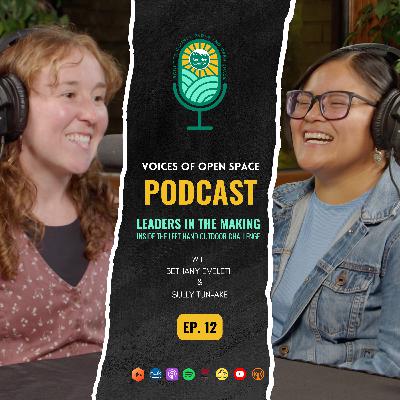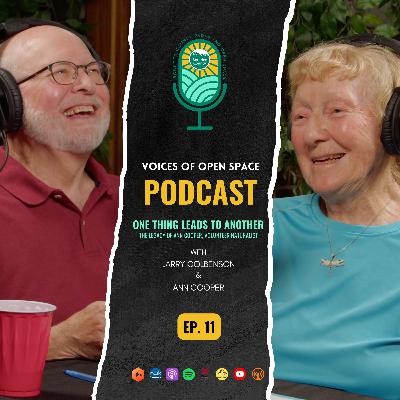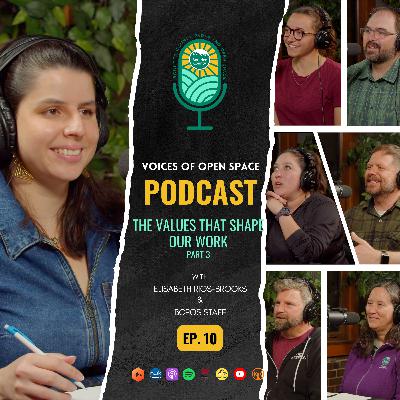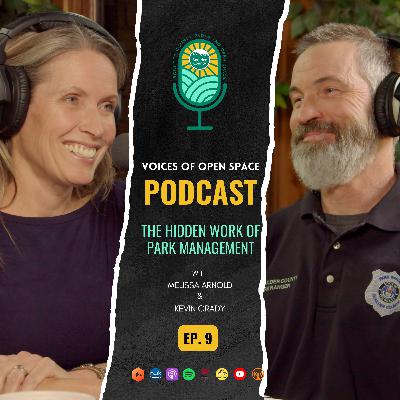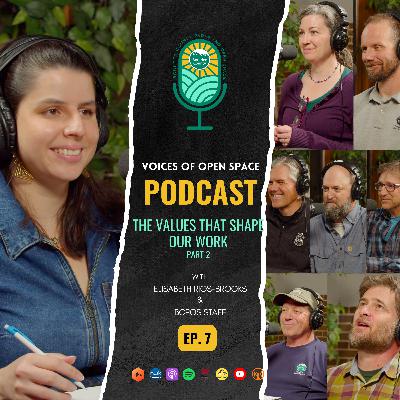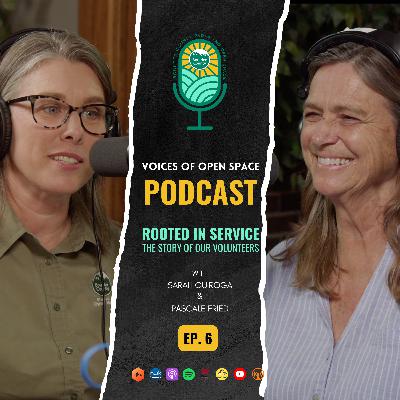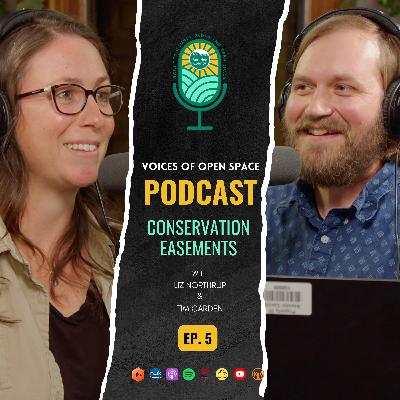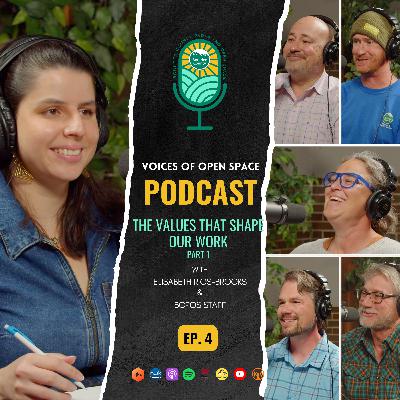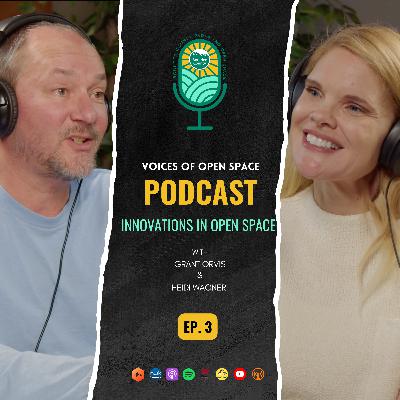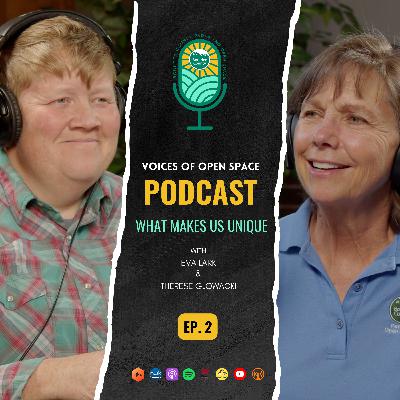Plant Blindness
Description
Have you ever heard of the phenomenon called plant blindness?
Most people haven’t—and yet it shapes the way we understand nature, conservation, and even our own backyard.
Boulder County is home to more than 1,600 native plant species—half of all native plants found in the entire state of Colorado. Thanks to the dramatic rise of the Rocky Mountains and the steep elevation changes from plains to tundra, our county holds an incredible variety of ecosystems packed into less than 40 miles.
But when you picture Boulder County’s open space, what comes to mind? A moose at Caribou Ranch? Tracks in the mud? A bald eagle overhead? We often notice wildlife long before we notice the plants that make their lives—and ours—possible.
In this episode, Director Therese Glowacki sits down with three members of the Boulder County Parks & Open Space Plant Ecology Work Group:
David Hirt, Senior Plant Ecologist with 28 years of service
Carrie Cimo, Plant Ecologist and Volunteer Program Manager of 11 years
Brad Winckelmann, Plant Ecologist who has contributed to many major vegetation projects over the past 6 years
Together, they explore what “plant blindness” means, why it matters, how it affects conservation, and how we can all learn to see the plants that shape our ecosystems. They break down this concept with clarity, passion, and years of field experience, helping us open our eyes to the extraordinary world of plants all around us.
- Colorado Natural Heritage Program (https://cnhp.colostate.edu/)
- iNaturalist (www.inaturalist.org)
- Colorado Native Plant Society (https://conps.org/)
- Boulder County Parks and Open Space Volunteer Opportunities (https://bouldercounty.gov/volunteer/parks-and-open-space/)
Original music, including the theme song and all transitional pieces, was composed and performed by Tim Ostdiek.


